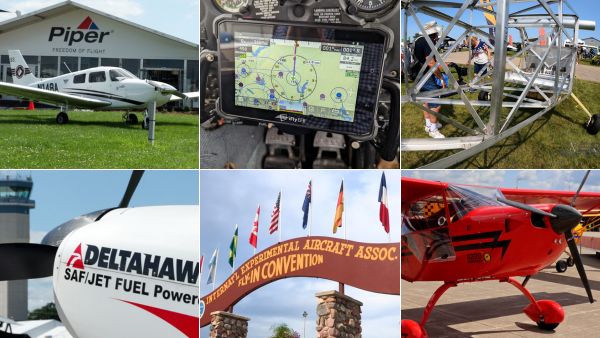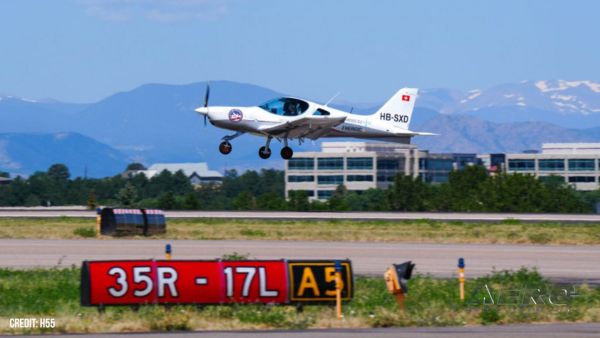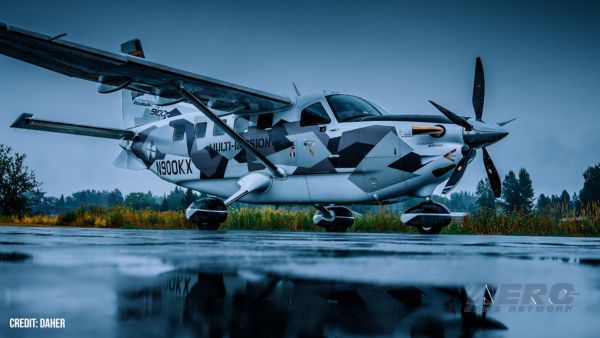MESSENGER Will Make Three Flights Past Planet
On Monday, a pioneering NASA spacecraft will be the first to
visit Mercury in almost 33 years when it soars over the planet to
explore and snap close-up images of never-before-seen terrain.
These findings could open new theories and answer old questions in
the study of the solar system.
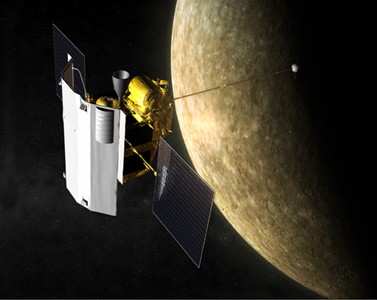
The MErcury Surface, Space ENvironment, GEochemistry, and
Ranging spacecraft -- called MESSENGER -- is the first mission sent
to orbit the planet closest to our sun. Before that orbit begins in
2011, the probe will make three flights past the small planet,
skimming as close as 124 miles above Mercury's cratered, rocky
surface. MESSENGER's cameras and other sophisticated,
high-technology instruments will collect more than 1,200 images and
make other observations during this approach, encounter and
departure.
MESSENGER will make the first up-close measurements since
Mariner 10 spacecraft's third and final flyby on March 16, 1975.
When Mariner 10 flew by Mercury in the mid-1970s, it surveyed only
one hemisphere.
"This is raw scientific exploration and the suspense is building
by the day," said Alan Stern, associate administrator for NASA's
Science Mission Directorate, Washington. "What will MESSENGER see?
Monday will tell the tale."
This encounter will provide a critical gravity assist needed to
keep the spacecraft on track for its March 2011 orbit insertion,
beginning an unprecedented yearlong study of Mercury. The flyby
also will gather essential data for mission planning.
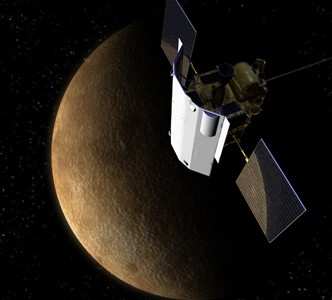
"During this flyby we will begin to image the hemisphere that
has never been seen by a spacecraft and Mercury at resolutions
better than those acquired by Mariner 10," said Sean C. Solomon,
MESSENGER principal investigator, Carnegie Institution of
Washington. "Images will be in a number of different color filters
so that we can start to get an idea of the composition of the
surface."
One site of great interest is the Caloris basin, an impact
crater about 800 miles in diameter, which is one of the largest
impact basins in the solar system.
"Caloris is huge, about a quarter of the diameter of Mercury,
with rings of mountains within it that are up to two miles high,"
said Louise Prockter, the instrument scientist for the Mercury Dual
Imaging System at the Johns Hopkins University Applied Physics
Laboratory in Laurel. "Mariner 10 saw a little less than half of
the basin. During this first flyby, we will image the other
side."
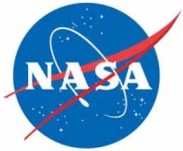 MESSENGER's instruments will provide
the first spacecraft measurements of the mineralogical and chemical
composition of Mercury's surface. It also will study the global
magnetic field and improve our knowledge of the gravity field from
the Mariner 10 flyby. The long-wavelength components of the gravity
field provide key information about the planet's internal
structure, particularly the size of Mercury's core.
MESSENGER's instruments will provide
the first spacecraft measurements of the mineralogical and chemical
composition of Mercury's surface. It also will study the global
magnetic field and improve our knowledge of the gravity field from
the Mariner 10 flyby. The long-wavelength components of the gravity
field provide key information about the planet's internal
structure, particularly the size of Mercury's core.
The flyby will provide an opportunity to examine Mercury's
environment in unique ways, not possible once the spacecraft begins
orbiting the planet. The flyby also will map Mercury's tenuous
atmosphere with ultraviolet observations and document the energetic
particle and plasma of Mercury's magnetosphere. In addition, the
flyby trajectory will enable unique particle and plasma
measurements of the magnetic tail that sweeps behind Mercury.
Launched August 3, 2004, MESSENGER is slightly more than halfway
through its 4.9-billion mile journey. It already has flown past
Earth once and Venus twice. The spacecraft will use the pull of
Mercury's gravity during this month's pass and others in October
2008 and September 2009 to guide it progressively closer to the
planet's orbit. Insertion will be accomplished with a fourth
Mercury encounter in 2011.
The MESSENGER project is the seventh in NASA's Discovery Program
of low-cost, scientifically focused space missions. The Applied
Physics Laboratory designed, built and operates the spacecraft and
manages the mission for NASA.
 ANN's Daily Aero-Term (07.15.25): Charted Visual Flight Procedure Approach
ANN's Daily Aero-Term (07.15.25): Charted Visual Flight Procedure Approach Aero-News: Quote of the Day (07.15.25)
Aero-News: Quote of the Day (07.15.25) ANN's Daily Aero-Linx (07.15.25)
ANN's Daily Aero-Linx (07.15.25) NTSB Final Report: Kjelsrud Gary Kitfox
NTSB Final Report: Kjelsrud Gary Kitfox NTSB Prelim: Cessna A150L
NTSB Prelim: Cessna A150L



